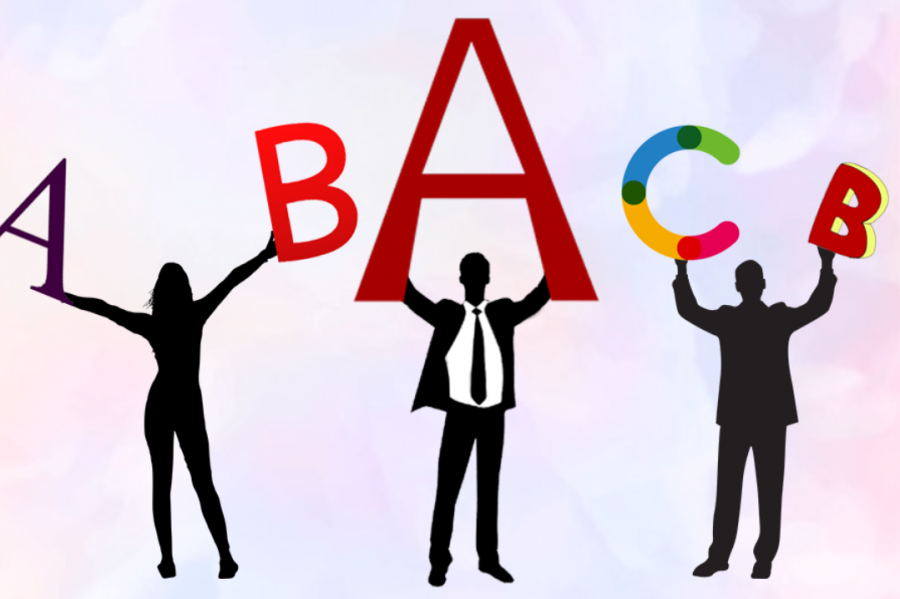Embracing failure? I’d call that success
June 10, 2019
French has always been, and will continue to be, the bane of my existence. During my four years in the class, I’ve learned around eight verb tenses—only three of which I can use to varying degrees. I’ve also memorized and forgotten close to thirty sheets of vocabulary and watched my fair share of informational grammar music videos, which are a highlight of my experience.
Even though French may not be my favorite class, I’ve still had tons of memorable experiences. I’ve made friends who will last a lifetime, if you call Google Translate a friend, and I’ve always managed to get good grades. But this year was different. For the first time in my high school career, I earned a B in a class.
Let’s not cue the waterworks just yet. The B was just a quarter B, which as we all know is about as permanent as a Whitman drama director. However, the increased pressure to get an A in the fourth quarter—and avoid the eternal damnation that is a semester B—has pushed me to succeed while also learning from my past mistakes.
At a top-tier high school like Whitman, the drive for overachieving grade-wise is pretty much a given. When students do miss the mark on their grades, they frequently dismiss themselves as failures. However, failing isn’t necessarily a bad thing; in fact, understanding the reasons behind the grade, and the growth that comes with powering through failures can become beneficial for students.
This idea of embracing failure expands beyond Whitman. In 1979, the Emsley A. Laney High School varsity basketball team cut an ambitious sophomore, deeming him “too short” for the team. The aspiring athlete was heartbroken, but through his rejection, he began to train harder than ever before. A then-amateur Michael Jordan went on to become one of the greatest professional basketball players of all time. Had it not been for his rejection back in high school, he may not have trained hard enough to become the basketball superstar he is now.
To put it plainly, failure can also be funny. On America’s Funniest Home Videos, people send in clips of themselves failing in a variety of different ways; in the videos, people trip into pools, fall off of roofs and even pass out during a roller coaster rides. Rather than making failure shameful, these videos allow everyone to laugh at mistakes, no matter how embarrassing they might seem at the time.
We see the benefits of failure at the corporate level too. Back in 1993, the fast food chain Jack in the Box caused a widespread E. Coli outbreak that left four children dead. As a result, the company temporarily halted expanding into new locations and even started cutting some of its workforce. To combat this health crisis, Jack in the Box hired experts to redesign their food handling system. The restaurant became safer as a result of their safety failures, and now it boasts over 2,000 locations nationwide.
My French 4 debacle may have been avoidable, but I didn’t know that at the time. Now, having reflected on and grown from those mistakes, I know how to avoid the dreaded B next time. If anything, my B showed me where I can improve in the future, no matter how many chapters of Le Petit Prince I have to pretend to read.
In a previous version of this article, the writer included an imaginary interaction Madame Harris. The reference was satirical and was not meant to be taken literally. We apologize. The Black & White is sorry for any misunderstanding this may have caused.








Whitman Student • Jun 14, 2019 at 12:25 pm
Great writing and voice, but satire should be labeled as such. Or better yet, save it for your mock-The Onion newspaper. It’s so easy to take this article seriously and it seems to belittle those who receive lower grades and would be more than happy to receive a quarter B.